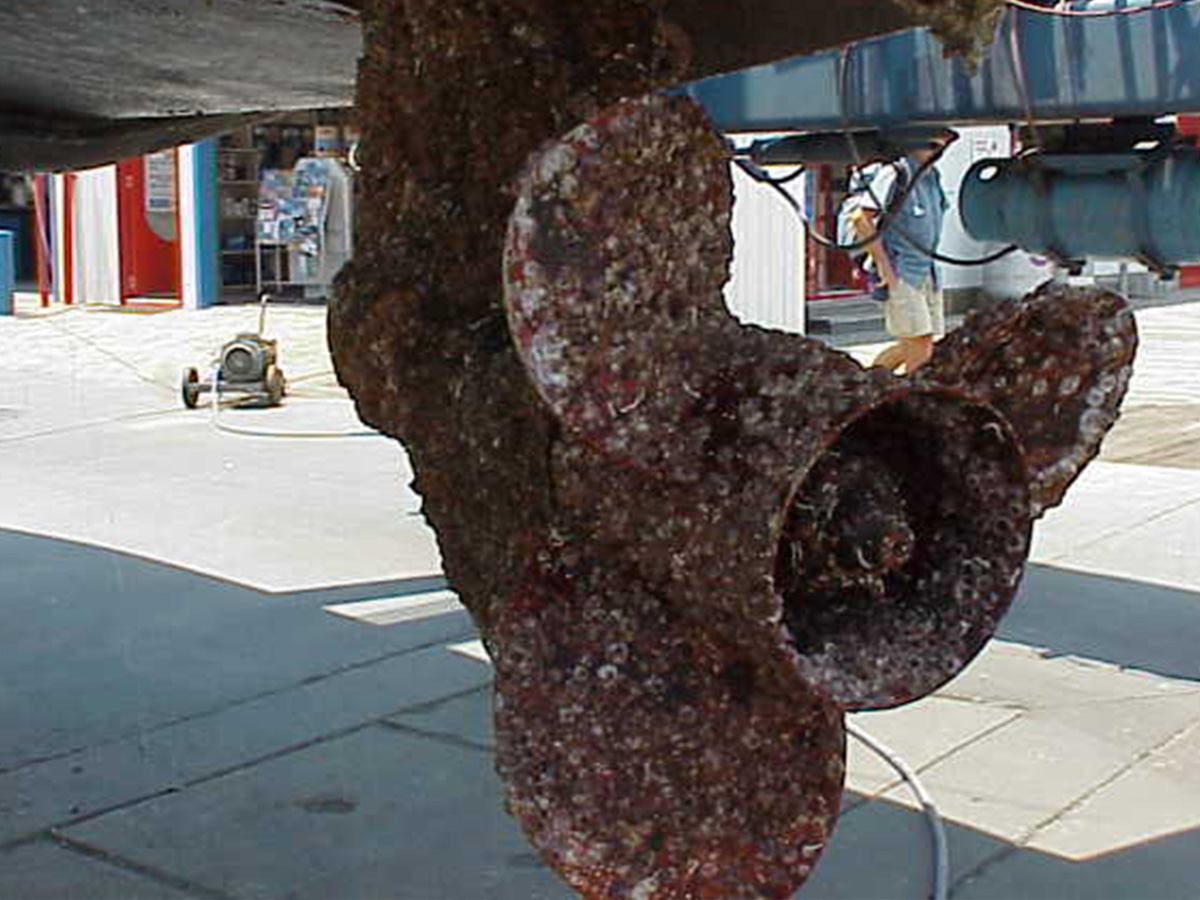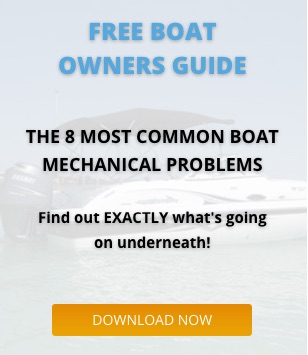They both have engines; they both use them to move… how different can boats and cars really be? Hugely! While they both use engines for propulsion, that’s about all that boats and cars have in common. Intrigued? Let’s look at this in some more depth.
Sealed engine compartments
Cars don’t need the area in which their engine is located to be sealed; boats do, because they operate in a wet environment. While this sealed compartment is important in keeping the engine running, it can also cause issues if badly maintained: fuel vapours can collect and cause explosions.
Maintenance location
Need to do some work on your car engine? Easy – park it on the side of the road, put it in park, maybe jack it up if you need to get at the underside. Boats – not so simple. They don’t have brakes, and you need to pick your maintenance location much more carefully.
Breakdowns
Breaking down in a car is a pain in the neck. Calling RACQ, waiting for a truck to come out and either fix your issue or give you a tow. Or if it’s something you can fix yourself, you need to do it on the side of the road while keeping an eye out for idiot drivers who think the emergency lane is a great place to drive in. But breaking down in a boat involves a whole new level of inconvenience. You’re left floating in water that you can’t risk getting into the engine compartment, at the mercy of the currents until the help that you radio for actually arrives.
Boats are designed for the water
You can open the bonnet of a car and poke around the insides every day if you so desire, and not cause damage due to exposure to the elements. However, boats that are designed to be moored full-time should be taken out of the water as infrequently as possible, so it’s important that annual servicings are as thorough as possible.
Keep fuel levels high
It doesn’t really matter how much fuel is in your car’s tank, as long as you’re not running out before you get to a service station. However, boat fuel tanks (by law) have to be vented, meaning that air gets in and out. That air contains water – and as temperature fluctuates over the course of a day, some of that water will condense out, mixing with the fuel in the tank. Keeping your boat’s fuel tank full minimises the amount of air that can get in, and the amount of water that can get into your fuel.
Boat tanks hold more fuel
Because more fuel goes into a boat’s fuel tank than a car’s, more sediment can build up in the tank and in the boat’s fuel filters. These filters need to be visually inspected regularly to ensure that sediment levels are OK.
Boats have a bilge area
The bilge area should be checked regularly for any fluids that might indicate a water or oil leak in the boat.
Component prices
Parts for boats are generally more expensive than parts for cars. There are a number of reasons for this: boat parts have to stand up to a salt water environment; fewer people own boats than cars, so the number of parts manufactured is lower; many boat parts are handmade rather than machine-made; any auxiliary components of a boat add to the average cost of replacing bits and pieces on a boat.
Summary
For most people, boats are – and should be – pleasure items. They are supposed to bring you joy and put a smile onto your face, not give you grief and concern. The best way to get the most out of your boat is to keep it well-maintained, so that you don’t have to worry when you should be having fun.



